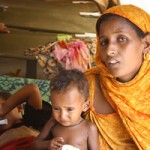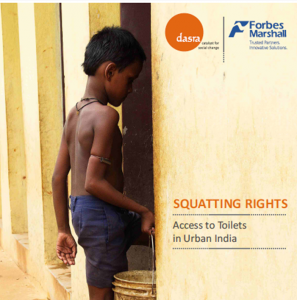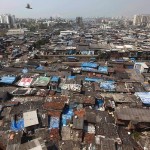Refugees – the urban challenge | Source: IRIN News, Jan 9, 2013
NOUAKCHOTT/DAKAR, 9 January 2013 (IRIN) – Sequestering refugees in rural camps is no longer the norm: The most recent estimates indicate that almost half of refugees flock to urban areas and just one third to rural camps, according to the UN Refugee Agency (UNHCR). But while agencies are adjusting their approaches, they are still struggling to match their response with their policies.

Photo: Jaspreet Kindra/IRIN A Malian mother and child at M’béra camp in eastern Mauritania
UNHCR has come a long way since 1997 when its refugee response approach implied that responding to refugees in towns and cities was to be avoided. In 2009 it committed to a policy that recognized the right of displaced people to move freely, stressing that its mandate to protect refugees is not affected by their location.
There are upsides to urban support. Refugees are more likely to find work (when permitted to do so by the local authorities) and become self-sufficient in urban settings, say agencies. Because of this, though start-up costs may be higher, these should diminish over the long term. It also makes more sense for a lot of refugees who were in any case displaced from urban settings, said Jeff Crisp, head of policy development and evaluation at UNHCR.
Kellie Leeson, urban refugee strategy focal point at the International Rescue Committee (IRC), told IRIN: “Typically refugees who come to urban centres do so to find jobs – that motivation and ambition should be applauded and should spark the question: how can we take advantage of that to help them survive on their own?”
Dominique Hyde, head of the UN Children’s Fund (UNICEF) in Jordan, said Syrian refugees benefited from being in urban settings: “It’s a positive. If you look at lessons learned from Iraqis in Jordan. Living conditions are more normal, you’re not in a camp setting, your movements are not restricted. Although it is more difficult to access them, they are aware through informal networks of how to access services. Urban settings are better settings for refugees.”
“If you have a camp setting, it’s easier to count people, to provide a school, to provide a health centre. But for refugees, being in their own apartment, and being able to take their own decisions with cash assistance is preferred,” she said.
[click to continue…]








